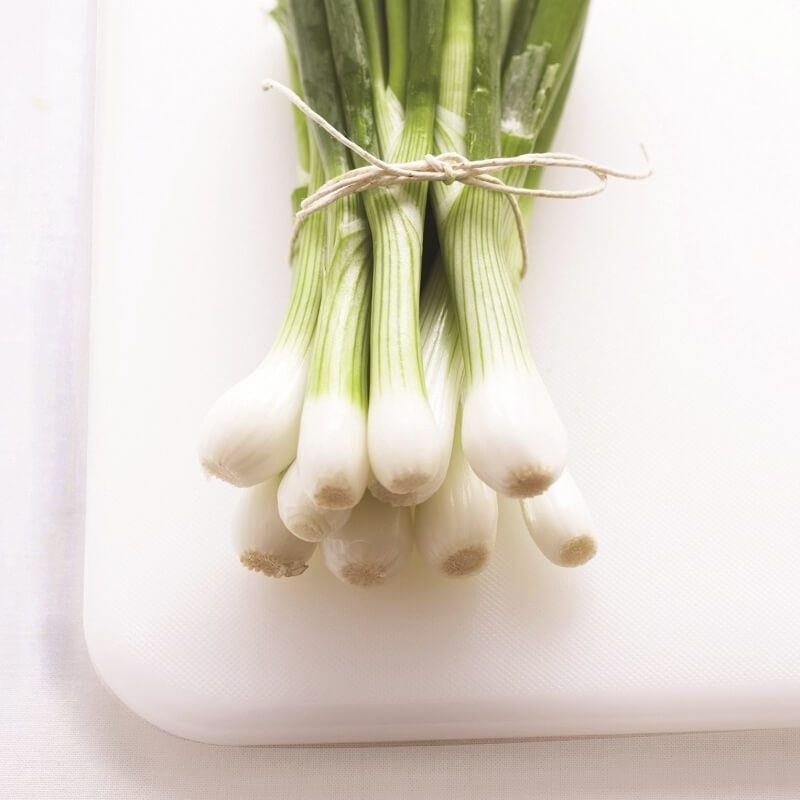What You Need to Know About PETG

When you're working on a project that requires plastics, it is important to choose the specific materials that are best suited to your particular needs. There are several plastic options that most people are already familiar with, such as acrylic and polycarbonate. However, the list doesn't end there. You can also access plastic sheets made of lesser-known materials like PETG.
PETG is similar to acrylic, polycarbonate, and other forms of plastic in many ways. But it also offers some unique benefits that make them perfect for certain types of projects. If you're in the market for any plastic sheets or materials and want to explore more of your options, here's a simple guide to PETG to help you get to know this unique and beneficial option.
What Is PETG?
PETG is made of a combination of polyethylene terephthalate and glycol. It's sometimes also referred to as polyethylene terephthalate glycol or PET-G. It's a clear thermoplastic, which means that it can easily be shaped, cut to size, and molded when exposed to high heat. This ability to be shaped easily makes it perfect for a wide array of applications. It is also fairly impact-resistant, similar to acrylic and polycarbonate, so it offers some protective benefits.
When it comes to appearance, PETG is normally found in transparent sheeting, which can vary in size and thickness. However, it can also be injected with color and printed or painted to include custom graphics. When exposed to heat, the material becomes more flexible or can even be liquefied for molding or 3D printing. However, it is most often available in its solid transparent sheet form.
PETG is fairly similar to other types of transparent plastic sheets like acrylic and polycarbonate in terms of its appearance and impact-resistant qualities. It's also able to be formed and customized using techniques like routing, die-cutting, and bending. However, some of its unique benefits include resistance to various chemicals and liquids.
What Can PETG Sheets Be Used for?
Since PETG is so easy to fabricate, bend and form using heat, and thermoform, it is well suited for use in a wide array of applications. In addition to its main use, which is outlined in the section below, PETG is well-suited for use in retail displays like cases, shelves, and point of sale counters. It can also be painted or printed for use in retail signs or other types of signage. However, it's worth noting that PETG is best suited for indoor applications, so it's not ideal for exterior signs that are exposed to the elements. Though the material does not get discolored when exposed to UV rays, it can slowly deteriorate over time when left outdoors for long stretches, unless a protective coating is applied.
PETG is also fairly impact resistant. Generally, it offers higher impact resistance than acrylic, but lower impact resistance than polycarbonate. This makes it a fair option for things like interior impact-resistant windows and doors, protective countertop systems, and cases that protect valuable products in retail settings. Additionally, it is available in a wide array of thicknesses. So you can get boards that are thin and flexible or thick and rigid, whatever is best suited to your specific needs in terms of size and impact resistance.
In recent years, PETG has also become popular in use for 3D printing, since it can easily be liquefied and injected into molds to create a variety of shapes, products, and prototypes. It's also easy to add color to, so you can turn it into an opaque and colorful material or a tinted, translucent finished product. This has made it one of the most popular types of plastics for individual or small business uses, especially those who are working on prototyping or creating small models.
What Are the Primary Uses of PETG vs Other Forms of Plastic?
One of the major things that makes PETG stand out from other forms of plastics is that it meets FDA requirements for food contact. This means that it can be used to package and store food and beverages without breaking down or contaminating the materials. Even though PETG is a thermoplastic, it has a very high melting point so it's usually safe for use in dishwashers and microwaves. Some of the most popular specific uses within this industry include single-use plastic bottles and containers to hold cooking oil and other consumable liquids.
These qualities also make the material a good option for medical and drug packaging. Since it's known for being resistant to chemical exposure, PETG is generally able to withstand the rigorous sterilization and chemical processes that are used to ensure safety and prevent contamination in the packaging materials that are used in the medical field.
PETG Available at Sheet Plastics
If you're interested in purchasing PETG sheets or materials for your next plastic-related project, we can help. We offer a variety of cut-to-size plastic products for individuals and businesses alike. Our product selection includes PETG, polycarbonate, acrylic, corrugated plastics, foam board, PVC, and much more. And our team is always happy to cut or fabricate products to meet your specific needs. Whether you're looking to replace windows around your property or explore materials for 3D printing, our extensive selection is well suited to fit your needs. You can browse a full selection of PETG and other products on our website or get in touch with a member of our friendly team to customise your plastic solutions.







